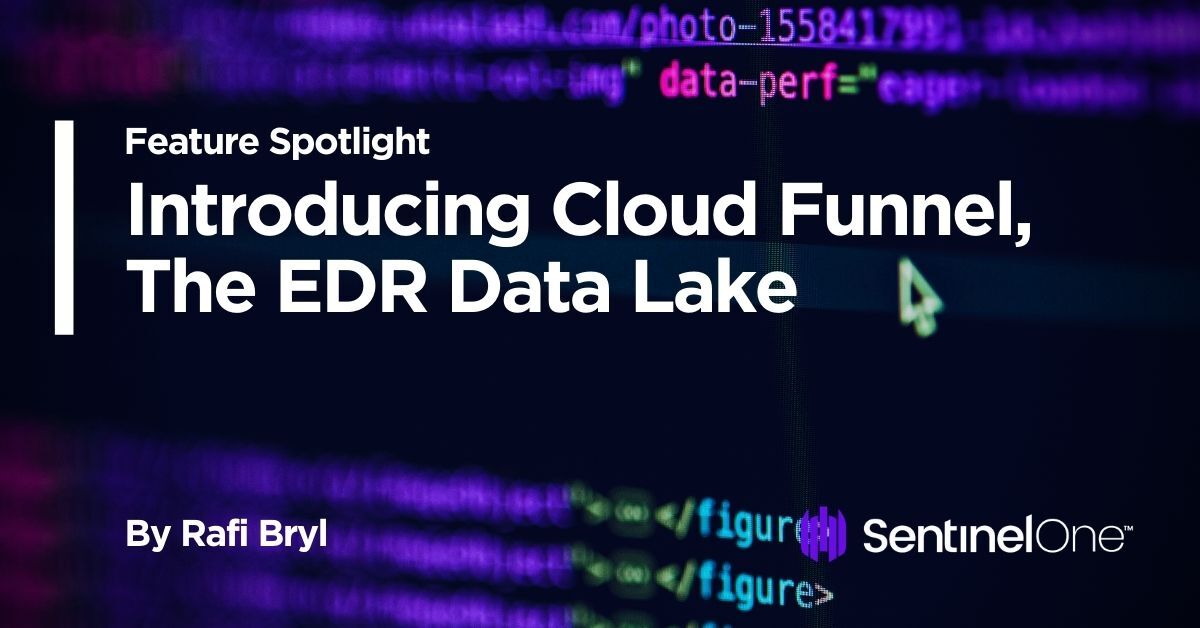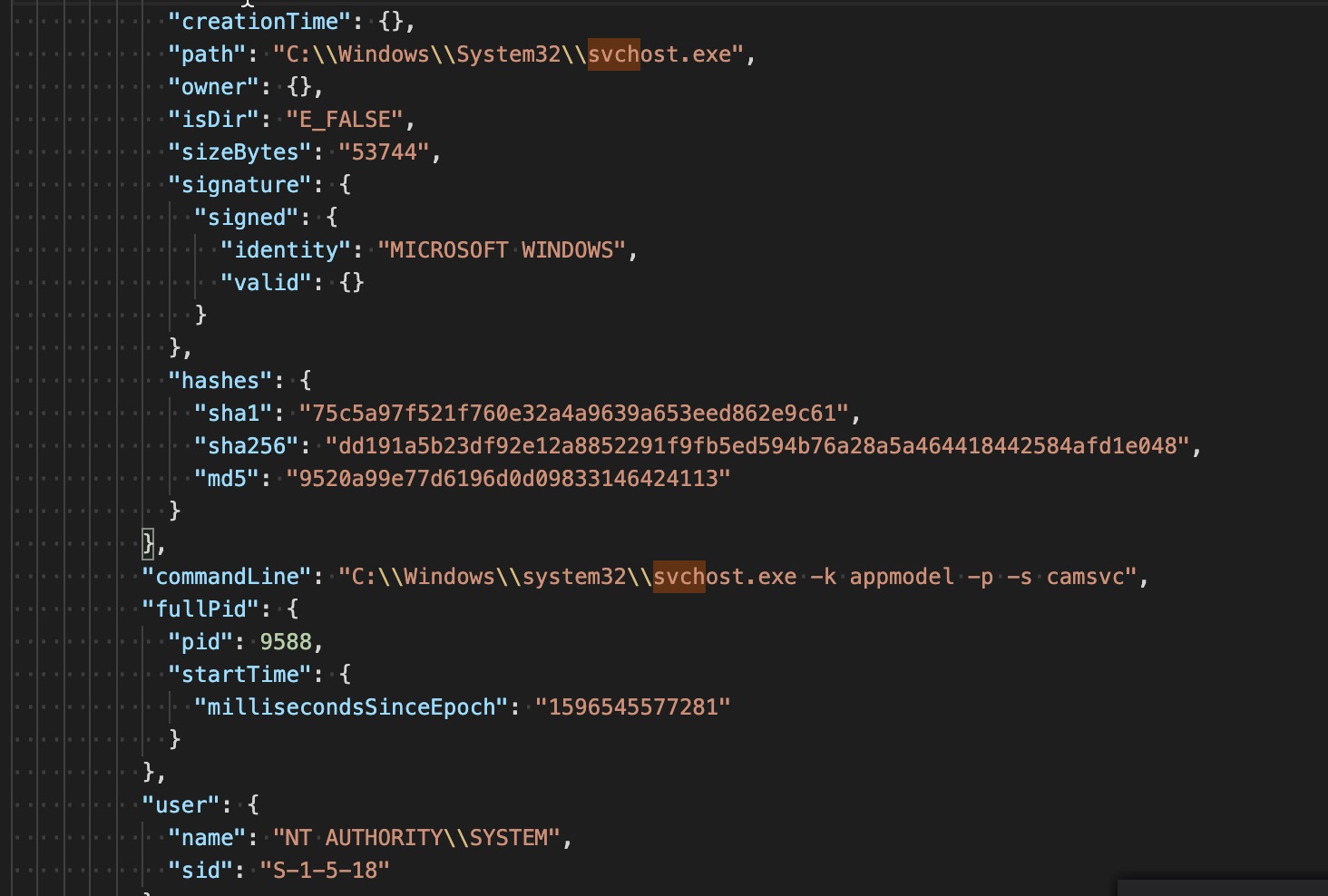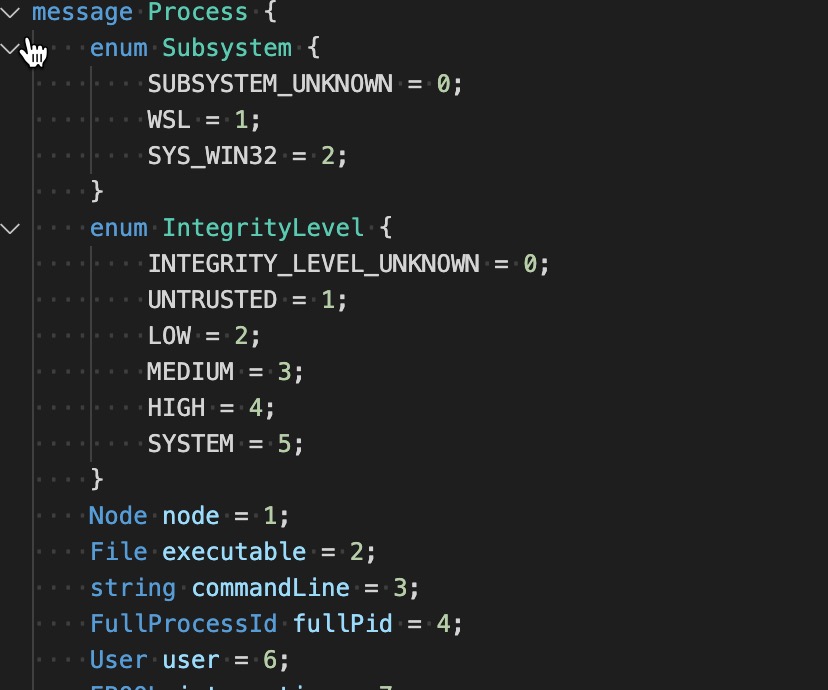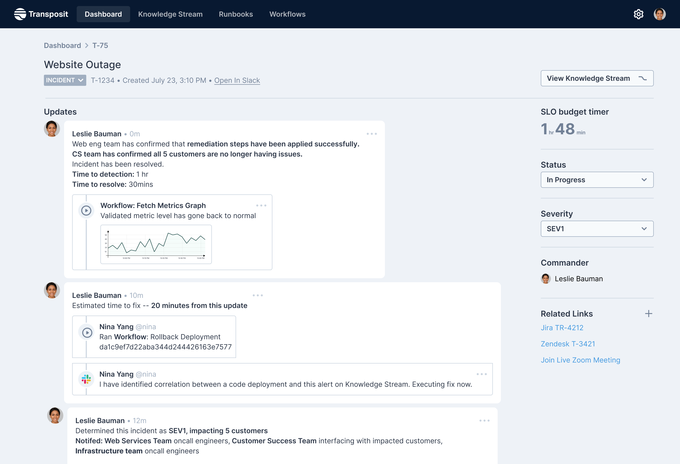DoD reaffirms Microsoft has won JEDI cloud contract, but Amazon legal complaints still pending
We have seen a lot of action this week as the DoD tries to finally determine the final winner of the $10 billion, decade-long DoD JEDI cloud contract. Today, the DoD released a statement that after reviewing the proposals from finalists Microsoft and Amazon again, it reiterated that Microsoft was the winner of the contract.
“The Department has completed its comprehensive re-evaluation of the JEDI Cloud proposals and determined that Microsoft’s proposal continues to represent the best value to the Government. The JEDI Cloud contract is a firm-fixed-price, indefinite-delivery/indefinite-quantity contract that will make a full range of cloud computing services available to the DoD,” the DoD said in a statement.
This comes on the heels of yesterday’s Court of Appeals decision denying Oracle’s argument that the procurement process was flawed and that there was a conflict of interest because a former Amazon employee helped write the requirements for the RFP.
While the DoD has determined that it believes that Microsoft should still get the contract, after selecting them last October, that doesn’t mean this is the end of the line for this long-running saga. In fact, a federal judge halted work on the project in February pending a hearing on an ongoing protest from Amazon, which believes it should have won based on merit, and the fact it believes the president interfered with the procurement process to prevent Jeff Bezos, who owns The Washington Post, from getting the lucrative contract.
The DoD confirmed that the project could not begin until the legal wrangling was settled. “While contract performance will not begin immediately due to the Preliminary Injunction Order issued by the Court of Federal Claims on February 13, 2020, DoD is eager to begin delivering this capability to our men and women in uniform,” the DoD reported in a statement.
A Microsoft spokesperson said the company was ready to get to work on the project as soon as it got the OK to proceed. “We appreciate that after careful review, the DoD confirmed that we offered the right technology and the best value. We’re ready to get to work and make sure that those who serve our country have access to this much needed technology,” a Microsoft spokesperson told TechCrunch .
Meanwhile, in a blog post published late this afternoon, Amazon made it clear that it was unhappy with today’s outcome and will continue to pursue legal remedy for what they believe to be presidential interference that has threatened the integrity of the procurement process. Here’s how they concluded the blog post:
We strongly disagree with the DoD’s flawed evaluation and believe it’s critical for our country that the government and its elected leaders administer procurements objectively and in a manner that is free from political influence. The question we continue to ask ourselves is whether the President of the United States should be allowed to use the budget of the Department of Defense to pursue his own personal and political ends? Throughout our protest, we’ve been clear that we won’t allow blatant political interference, or inferior technology, to become an acceptable standard. Although these are not easy decisions to make, and we do not take them lightly, we will not back down in the face of targeted political cronyism or illusory corrective actions, and we will continue pursuing a fair, objective, and impartial review.
While today’s statement from DoD appears to take us one step closer to the end of the road for this long-running drama, it won’t be over until the court rules on Amazon’s arguments. It’s clear from today’s blog post that Amazon has no intention of stepping down.
Note: We have updated this story with content from an Amazon blog post responding to this news.
![]()



 as shown in the figure below. When a cloud connection becomes available, each endpoint’s telemetry is uploaded to the SentinelOne
as shown in the figure below. When a cloud connection becomes available, each endpoint’s telemetry is uploaded to the SentinelOne 





